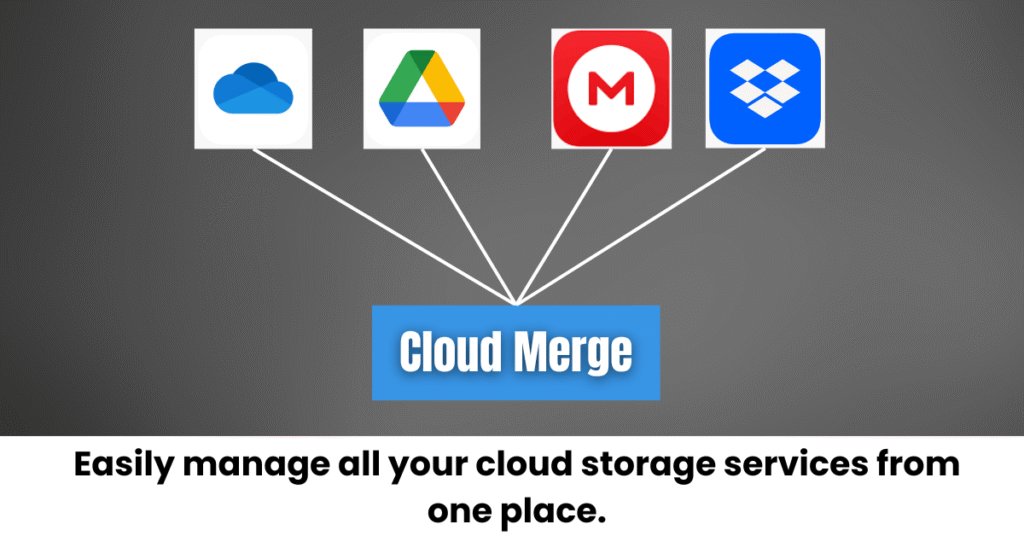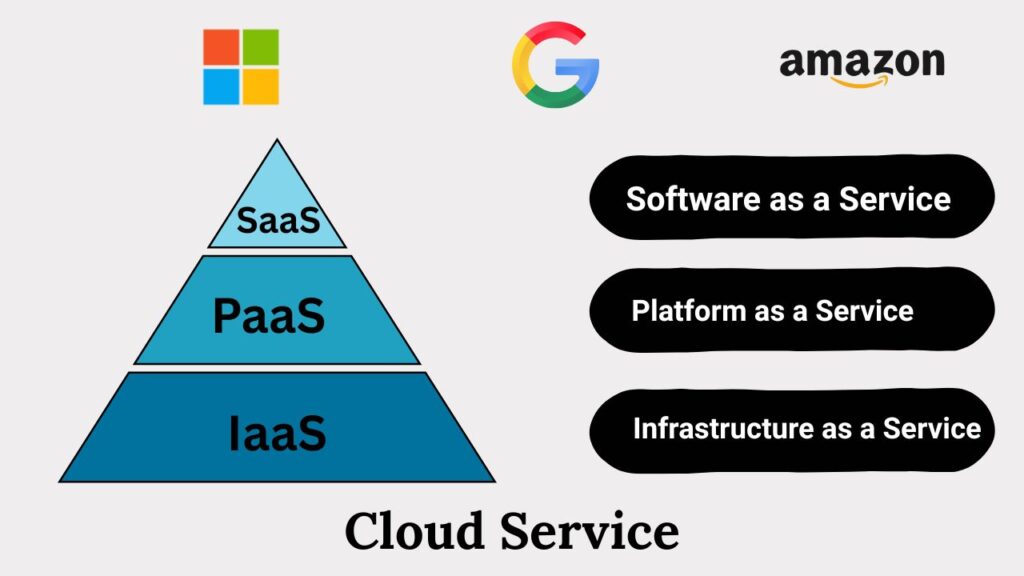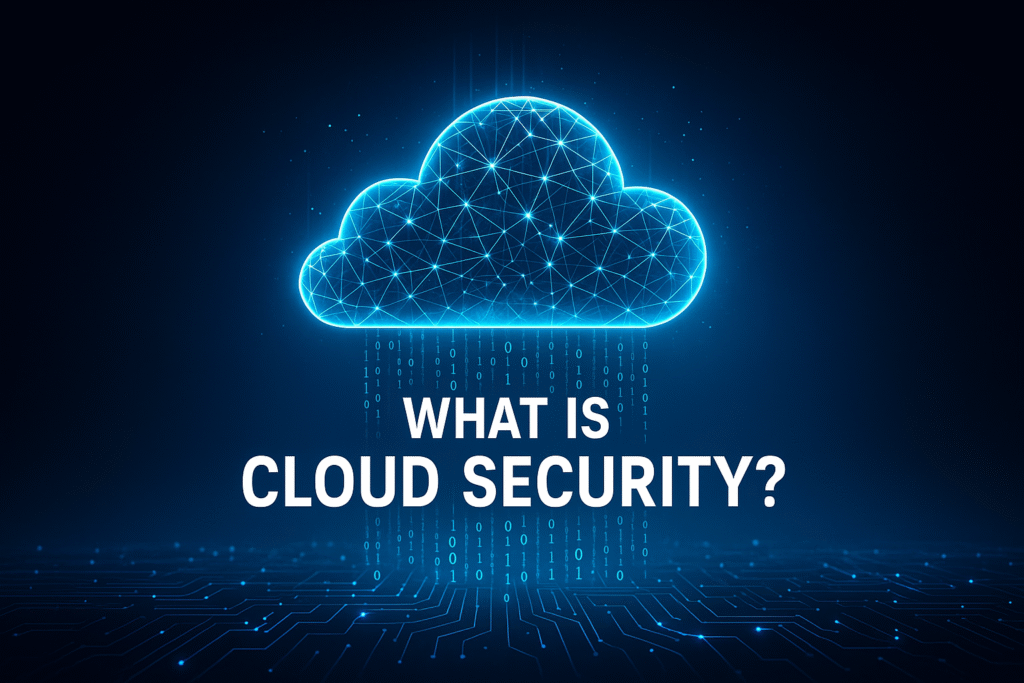
What is Cloud Security?
In simple terms, cloud security is the technology to protect data, applications, protocols and policies, and infrastructure stored in a cloud environment. For example, encryption and access management, IAM, and firewalls are common cloud security tools.The four main services:laaS, PaaS, SaaS, Software as a Service, and FaaS – are the backbone of cloud computing. The cloud refers to remote servers used for storage and computing. And they are available in public, private, hybrid, and community. T
here are some examples of cloud storage providers, AWS and Google Cloud. In cloud 7 it refers to seven key areas of securing cloud operations, including government, identity, and risk assessment. Zero Trust Access is a more powerful security model that ensures no one is trusted by default for this powerful mode, even inside a network, requiring continuous verification. And cybersecurity also includes type like network, application, and information security. The main pillar of cloud security is visibility, threat prevention, data protection, compliance, and identity control, but there are challenges to cloud security, are misconfigurations and insecure APIs to insider threats and regulatory compliance issues
Cloud security is a part of cybersecurity, and it focuses on protecting the data of cloud-based systems and infrastructure from threats, breaches, and unauthorized access. It also includes a combination of procedures, technologies, policies, and controls that ensure data privacy, compliance, and continuous availability. Cloud security is mainly used for businesses that store sensitive information or run apps on cloud platforms like AWS, Microsoft Azure, or Google Cloud. They always try to protect everything from virtual machines and storage to databases and user identities.
- Data Protection:– Data protection ensures that data is protected and should not be accessed by any unauthorised person and data is encrypted while sharing . Data Protection also works as a safeguard system and ensures that if data is transmitted or shared through the servers, it should not be leaked or used as multi-factor authorization.
Data Backup and Recovery.
- Protect against cyber attacks and deletion, or during system failures.
2. Helps in enabling quick data restoration during disasters.
Data Integrity
1. Ensures that data is not damaged or tampered or alerted.
2. Uses version control and hashing system.
Compliance and Legal Protection:
- Data protection leads to helps in legal compliance with regulatory standards like GDPR, HIPAA, PCI-DSS.etc.
2. Data Protection helps in avoiding legal penalties and builds customer trust.

Identity and Access Management.
- Authentication:- Ask the user whether who is who you say who you are.
- Identity Federation:- It allows the user to use the specific credentials to log in into existing credentials. Like facebook, Google, Company SSO.
- It uses multiple hybrid environments for better services.
Threat Detection and Prevention:It helps in detecting unauthorized access and unusual login attempts.
- Reduce the cyber attacks from malware and specious threats and configuration changes.
- It uses a fire wall system to all web activities and applications and also filter block malicious IPs, filter traffic to provide services to the user.
- It not only provides the protection against the threats it updates regularly for to be closely known to the newly discovered threats and vulnerabilities.
- It enhances the security levels and verifies never trusts due to it being meant for security.
Why cloud security matters
Cloud security is important because organizations are increasingly storing sensitive data
And also running critical applications in the cloud. If there are no strong security measures, these resources are vulnerable to cyberattacks, data breaches, and unauthorized access. Any type of security lapse can lead to loss of confidential information, or Financial damage, legal consequences, or it will lead to organisational reputation, as per current situations where businesses are adopting the cloud services for scalability and flexibility to ensure protection from becoming crucial, maintaining trust compliance regulations like GDPR and HIPAA for Flexible and uninterrupted operations, and easy taskings.
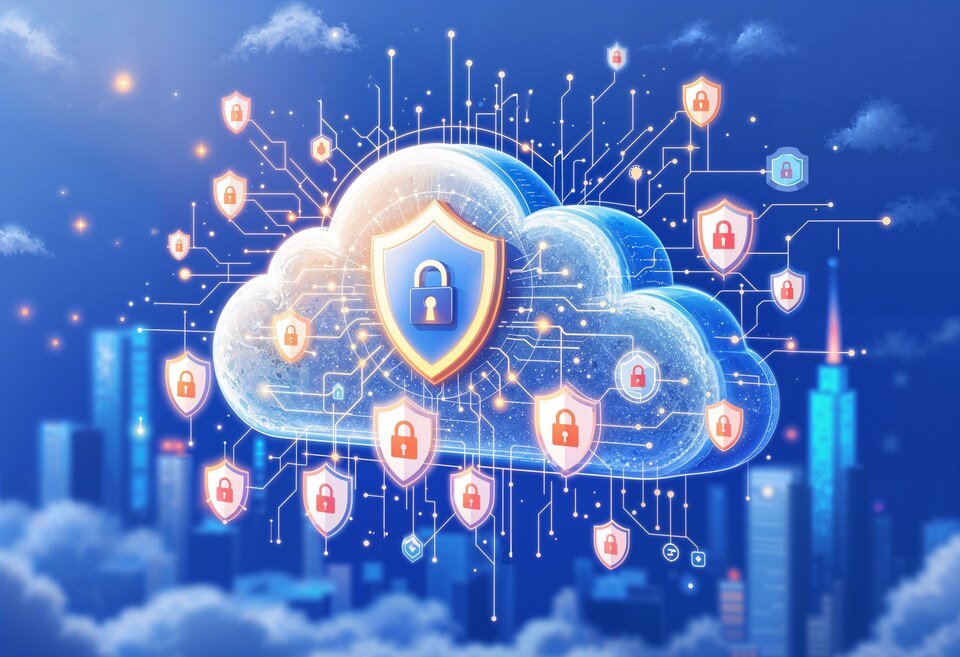
Sensitive Data Protection
Protecting sensitive data is the most critical aspect of cloud security, and if it fails, it will lead to sensitive information, customer information, financial records, health data, and intellectual property or misused by hackers or cyber attackers. Cybercriminals always target cloud environments for valuable data to commit fraud, access controls and data loss prevention tools, Big organizations try to reduce the risk of breaches and ensure that their most sensitive information, like financial records, health data, and intellectual property, remains private and secure.
Compliance requirements
Compliance with regulations such as GDPR, HIPAA, and ISO/IEC 27001 is very important for any organization using cloud services. These laws mandate the storage and processing of sensitive data to protect user privacy and ensure accountability and secure handling.
In any condition, failing to follow these requirements can result in heavy fines and legal action; they lose their customer trust. Cloud always helps organizations execute the necessary safeguards, like access control, encryption, and audit logs, to stay compliant and avoid regulatory penalties.
Service up to date & Trust
Maintaining all services up to date and user trust is important for any cloud-based business.
Security failures- like DDoS attacks, disrupt operations, lead to customer frustration, data breaches, or unauthorized access- can cause service outages. Even a short period of downtime can result in financial loss and long-term damage to the brand’s reputation. Strong cloud security always tries to guarantee systems remain reliable, available, and protected, trying to help businesses retain their user confidence and avoid costly interruptions.
Human Error & Insider Threats
Human error and insider threats are among the leading causes of data breaches, accounting for nearly 88% of incidents. There are simple mistakes like clicking on phishing links, misconfiguring cloud settings, or using weak passwords that can unintentionally expose important data. Also, insiders- such as careless users or disgruntled employees can misuse their access to harm the organization. Cloud security addresses these risks through tools like automated threat detection, access controls, monitoring, and training, helping humans to minimize the impact of internal misuse and human mistakes.

Threats in Cloud Security
Cloud environment offers us great flexibility, but cloud environments come with different and unique security risks. Here are some examples:-
- Insider Threats
The data or sabotage systems are mostly leaked by employees, contractors, and partners with full access to cloud systems can be done intentionally or accidentally, most commonly is- if access is not tightly controlled.
- Insecure APIs
Cloud services rely use APIs for communication. If in any condition the API is not secured properly, APIs can be exploited to bypass authentication, manipulate data, or gain access.
- Data Breaches
Cyberattacks can leak our personal, financial, or business-critical information. If unauthorized access to sensitive data stored in the cloud- caused by weak security settings or poor access control.
- Misconfiguration
Misconfiguration is the most common vulnerability of the cloud. Weak permissions, Databases open to the public, leaving storage buckets, or if not managed properly, access roles can create backdoors for attackers
- Account Hijacking
In any condition cybercriminal can get access to your cloud account by phishing, brute-force attacks, or credential stuffing. If they gain access to your cloud account, then they can deploy ransomware, steal data, or disrupt services.
Essential Cloud Security Measures
For the protection of cloud-based systems, applications from threats and data, big organizations always use and implement strong and comprehensive security practices.
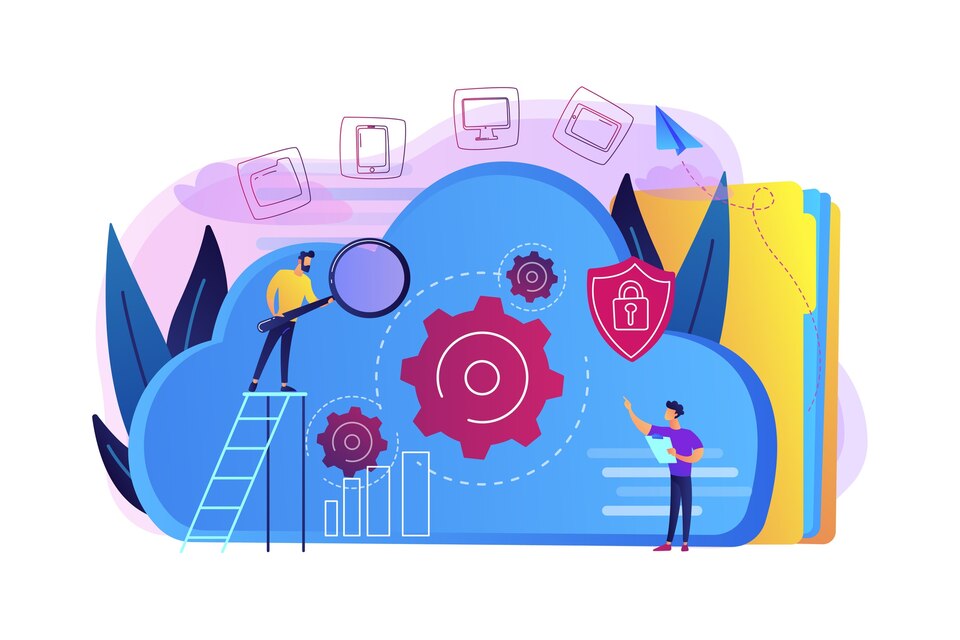
- Data Encryption
Without a decryption key, nobody can change, encrypt data both at rest and in transit to ensure that even if it is interceptor or accessed, it cannot be read.
- Identity and Access Management (IAM)
This function controls who can access what in the cloud using:
- Least privilege principle
- Multi-factor authentication (MFA)
- Role-based access control (RBAC)
- Regular Security Audits & Compliance Monitoring
Organizations conduct audits to confirm that cloud configurations follow security and compliance standards like GDPR, ISO 2700,1, and HIPAA.
- Firewalls and Intrusion Detection Systems
To block malicious traffic, us Web Application Firewalls (WAF), and Intrusion Detection/Prevention Systems (IDS/IPS).
- Security Training and Awareness
To reduce the risk of phishing attacks and human error. They train employees and users on cybersecurity.
Cloud Security Best Practices
To strong the protection and reduce risk in cloud-based environments, organizations should follow this guideline
- Implement the Principle of Least Privilege (PoLP)
To reduce the impact of compromised accounts or insider threats, only give users the minimum access they need- nothing more.
- Secure APIs and Endpoints
Use rate-limiting, authentication, and add validation to protect APIs-often a weak point in cloud security.
- Monitor and Log Everything
Always try to use monitoring and logging tools (like Cloud-native solutions or SIEM) to track all activity, detect all threats, and support forensic investigations
- Encrypt Everything
Try to encrypt all data-in-transit, at rest, and in use. This function ensures that if data is intercepted or stolen, it remains unreadable.
- Use Multi-Factor Authentication (MFA)
MFA helps to block unauthorized access. To add the extra layer of login security, always enable MFA. Even if passwords are stolen.
Compliance and Regulations in Cloud Security
Compliance and regulation are a very important part of cloud security because organizations handle millions of data so they follow legal standards. There is a strict law that is followed by companies to protect sensitive data, report breaches promptly, and maintain privacy.
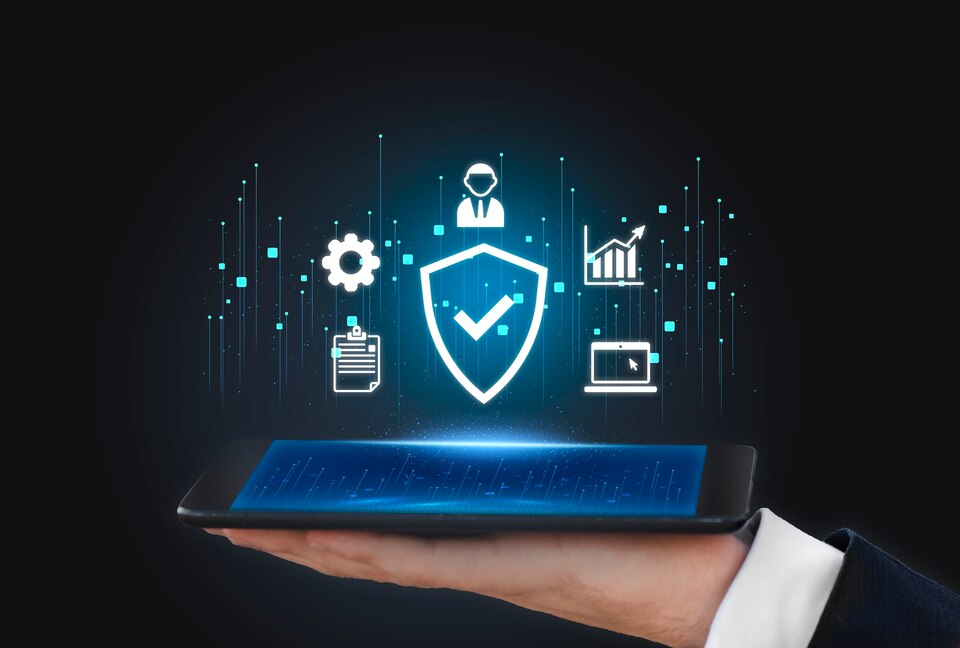
- Regulations Include
- GDPR (General Data Protection Regulation)
- HIPAA (Health Insurance Portability and Accountability Act)
- ISO/IEC 27001
- PCI DSS (Payment Card Industry Data Security Standard)
- Choosing a Secure Cloud Provider
Always select the right cloud provider is an important part, and confirming that strong cloud security. A secure provider always gives you technical support also follows strict compliance and transparency standards.
- Security Certifications & Considerations
- Threat Detection & Monitoring
- Data Backup & Disaster Recovery
- Transparent Shared Responsibility Model
- Identity and Access Management (IAM)
- Data Encryption
- Physical Data Center Security
- Customer Support & SLAs
Future of Cloud Security
Cloud security is growing very fast. Cloud security focuses on trust. Productivity and automation. To keep up with more people is working remotely. And this is the time of digital tools, but with this, there are any online threats. In the future more businesses use the cloud, automated to protect against these growing risks, securing cloud systems will become more smarter and faster.
- Behavioral analytics and anomaly detection
- Quantum-resistant encryption
- Integration of cloud security with DevSecOps pipelines
- AI-powered threat detection
Self-healing infrastructure
Conclusion
Cloud security is important in today’s digital world, as businesses are relying on cloud services to manage and store their data. With a growing number of cyber threats and regulations, it is very important to implement strong security to protect important sensitive data, maintain customer trust, and ensure compliance.
If you understand the threats of the cyber attacker. You have to choose the right cloud provider, and always confirm that your cloud provider uses the latest security technologies.
